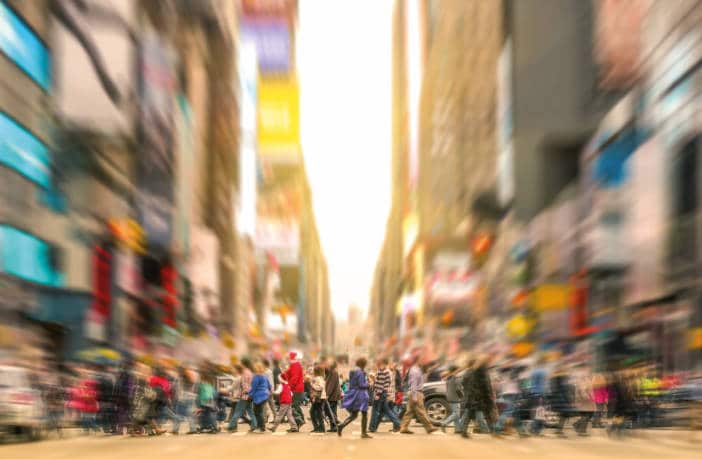How are millennials impacting the urban logistics?
The omnichannel boom, the comeback of convenience stores, the success of click & collect and urban express delivery … a wind of transformation is blowing on logistics.…
On October 18, 2020

The omnichannel boom, the comeback of convenience stores, the success of click & collect and urban express delivery … a wind of transformation is blowing on logistics.…
On October 18, 2020
The omnichannel boom, the comeback of convenience stores, the success of click & collect and urban express delivery … a wind of transformation is blowing on logistics. A mutation that goes hand in hand with the emergence of a new generation of consumers: the Millennials. Ultra connected and idealistic, they should represent 75% of the global workforce by 2025. How will they impact the supply chain and more specifically urban logistics?
Ultra-urban, multi-tasking, mobile addict, overconsumer or conscious…the ultra-connected generation, also known as Millennials, requires personalised experiences, benefits, and always more services. For each requirement its solution: payment in store for an order made on the web, click & collect, home delivery, night delivery, pick-up points, drive-in … We are also witnessing the rise of convenience stores and its turnover increase- a trend illustrating the craze for proximity. The connected urban wants to buy anywhere, at any time and getting information and feedback in real time. It pushes manufacturers and retailers to reinvent themselves.
Today, knowing exactly where your package is has become much more important than receiving it. Where is his product? When exactly will it be delivered? This is why artificial intelligence systems predict the processing steps and anticipate delivery evolutions if an incident occurs. The rise of e-commerce makes interconnection of tools and real-time data an imperative. The larger the volumes, the better the tools must be. If consumers ask for 100% accuracy on picking and delivery lead times, they know that most of the time, it will be necessary to contact the carrier to rearrange delivery.
Whatever new consumer requirements, the 3PL must challenge its processes, adapt its tools and expand its ecosystem by playing synergies with new partners. It’s a matter of competitiveness! The logistics service provider must be able to offer services that make the difference. One of the answers to optimise the urban deliveries is the complementarity between several links. For exemple, warehouses and hubs in the city outskirts, stock and deliveries consolidation, cross-docking and other last mile solutions optimising btob and btoc flows. LEZ, tolls, time restrictions … the European cities multiply the measures limiting the access to the city centre to standard delivery vehicles.
To learn more about last mile solutions, check out our article : Last-mile Logistic : Not Just a Transport Problem.
To continue serving these urban areas, alternative solutions are needed. CityLogin is a good example because it works alongside traditional logistics models: from a traditional warehouse, order and stocks will be consolidated in a proximity warehouse and a 100% ecological fleet (LNG, hybrid, electric) makes it possible to reach the city centre whenever required. Carrying a product from point A to point B in an agreed time frame is and will always be the 3PL’s job however the way of doing and organising it is evolving in order to meet complex expectations. In a context of saturation of the urban space and eco concerns, solutions like CityLogin are much needed : find out more about the future of urban logistics faced with economic
and environmental challenges by reading our White Paper.
Being delivered within 30 minutes or within one hour is becoming more and more popular. Carrefour Express, Amazon’s Prime Now or CDiscount Express set express delivery codes in the city centre. “Ultra-urban, home delivery of consumer goods will explode in the hearts of cities, thanks to a high-income part of the population,” said Michael Watine, Insight Manager at Nielsen.
Stuart, once a start-up and now part of the French mail service La Poste, brings a response to this trend. Faced with the meandering urban delivery, this app connects self-employed bike riders and sellers wanting to deliver quickly inside urban areas. “In 18 months, we have conquered Paris, Lyon, London, Barcelona, and Madrid,” explains PingKi Houang, previous General Manager of Stuart. Carrefour, CDiscount, Casino, Zalando and many others are already witnessing its effectiveness: 30 minutes is the average delivery time. “What makes us different? Our algorithm anticipates our customers’ needs and the consumer chooses his delivery time slot -not the other way around.”
Fill in the form